By Gert Bue Larsen….
How I unexpectedly became an Oltcit owner…
Carter Willey and I were both intrigued by the Oltcit and its sibling, the Citroën Axel, because this is the last vehicle that was 100% designed by Citroën before Peugeot took control. We discussed and studied them through parts books and repair manuals, but neither of us ever had an opportunity to drive one. Carter had been searching for a while for an Oltcit or an Axel that he could bring to the ICCCR in Poland in 2020, but he was unable to find one in decent condition that could be trusted for a road trip through Europe. In 2019, he eventually settled for a low mileage AX K-Way to bring to the ICCCR in Poland, but that did not stop him from still looking for Oltcits and Axels. In January 2020, Carter came across an online ad in Germany for a very nice looking red Oltcit for sale in the Czech Republic. Carter forwarded the ad to me, gently poking me and urging me to consider buying the car. I immediately got very excited.
With the help of Svend Carstensen – a friend and Tatra enthusiast in Denmark, and Václav Čermák, a vintage car enthusiast in Prague and friend of Svend’s, the red Oltcit was checked out in person and described to me in more detail. So, despite my being 4000 miles away in the USA, I decided to buy it without having seen it myself.
Oltcits were exported from Romania to several other countries in Eastern Europe. This car was sold new in 1990 in what was then Czechoslovakia, and it remained with the original owner in the town of Kroměříž, having been used very sparingly for 30 years. With just 24,000 kilometers and unrestored with original paint and interior, this car is a really unusual survivor.
I made plans to go to Europe in March 2020 to pick it up in Prague and haul it to Denmark as a first stop on its long journey to the USA. But then the first round of Covid restrictions hit and all travel was halted. My friends generously helped again, and my Oltcit was moved into storage in Prague. In July 2020 a window for travel during Covid emerged, and Svend and I embarked on a mission to trailer the sad remains of his 1938 Tatra 57 from Denmark to Prague, and then to trailer my 1990 Oltcit back from Prague to Denmark.

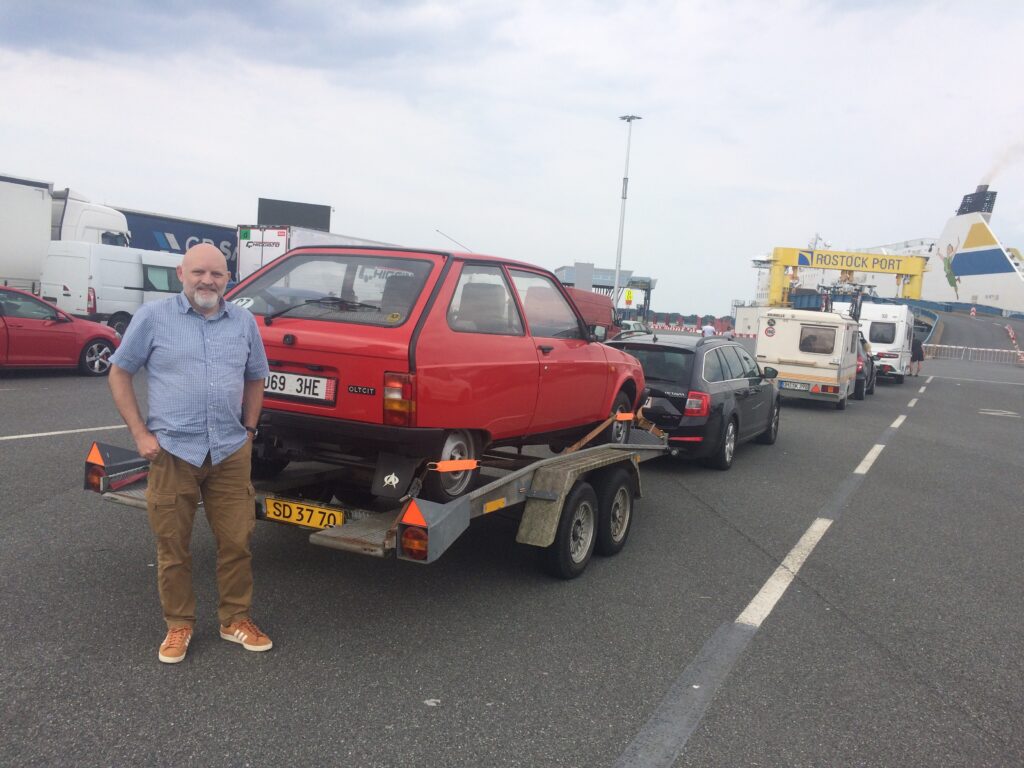
During the summers of 2020 and 2021 in Denmark, I familiarized myself with the Oltcit and went over everything that needed attention after many years of very little use and standstill. By summer 2022 I was happy with how the car was working, so I had it shipped to the USA where it’s now residing with me in Connecticut.
“What is it?”
Bringing the Oltcit to car events first in Denmark and now in the USA is interesting, and reactions or lack of reactions are unpredictable and varied. For instance:
- Sometimes it’s a completely “invisible” car which goes totally unnoticed because nobody has a clue what it is or even knows what to ask. Easier for them to just completely ignore it.
- If people of Romanian descent happen to be around, then there is an immediate and positive reaction. For them it’s a flashback to the 80’s when Oltcits were common in Romania as a novel addition to the many Dacia cars.
- Then there’s the occasional but very rare, “Is it a Citroën?” question because something looks familiar. Or sometimes, “Is it a Yugo?”….
- And finally, there’s the “Oh – it’s a 3-door Citroën Visa” statement.
It’s understandable how the “3-door Visa” misconception might originate from some broad design lines that are similar, but the statement always triggers my urge to politely set the story straight and explain why the Oltcit predates the Visa and is a 100% Citroën, whereas the later designed Visa is a rebodied Peugeot 104.
Some Visa body lines were obviously inspired by the Oltcit (not yet named as such), but no body parts are shared between the two. The kinked line and gap between the front fender and the hood is one of the many design clues that the Oltcit and the CX were designed simultaneously in the early 70’s by the Citroën design team during Robert Opron’s reign – several years before the Visa was conceived.
The Oltcit was supposed to be a modern 5-door successor to the Ami 8 and Ami Super. Apart from the 4-cylinder GS engine (or the 2-cylinder 2CV engine) and the GS type gearbox, the Oltcit shares no mechanical parts with any previous Citroëns – every piece was designed by Citroën uniquely for this Ami successor.
As we all know, Peugeot assumed control over Citroën in 1974, and Peugeot must have been dead set against this new and almost production-ready Citroën project. Peugeot shelved it and instead pushed for the quick creation of the Citroën LN and the Citroën Visa, both based on the Peugeot 104.
The Romania agreement.
In 1976, a joint-venture agreement was struck between Citroën and the infamous Ceauşescu-led government in Romania to build a modern small “people’s car” in Romania. The Romanian government apparently wanted to repeat what had already successfully played out with Renault and Dacia. Citroën then dusted off the previously shelved project, and the vehicle was made production-ready for Romania as the OLTCIT. Citroën cost-optimized it for Romania by turning the original 5-door design into a 3-door.
The name OLTCIT is a combination of OLT for the Oltenia region of Romania and CIT for Citroën. The logo is a single Chevron, embedded in an O for Oltenia.
“OLTCIT S. A.” was also the formal name of the joint-venture company.

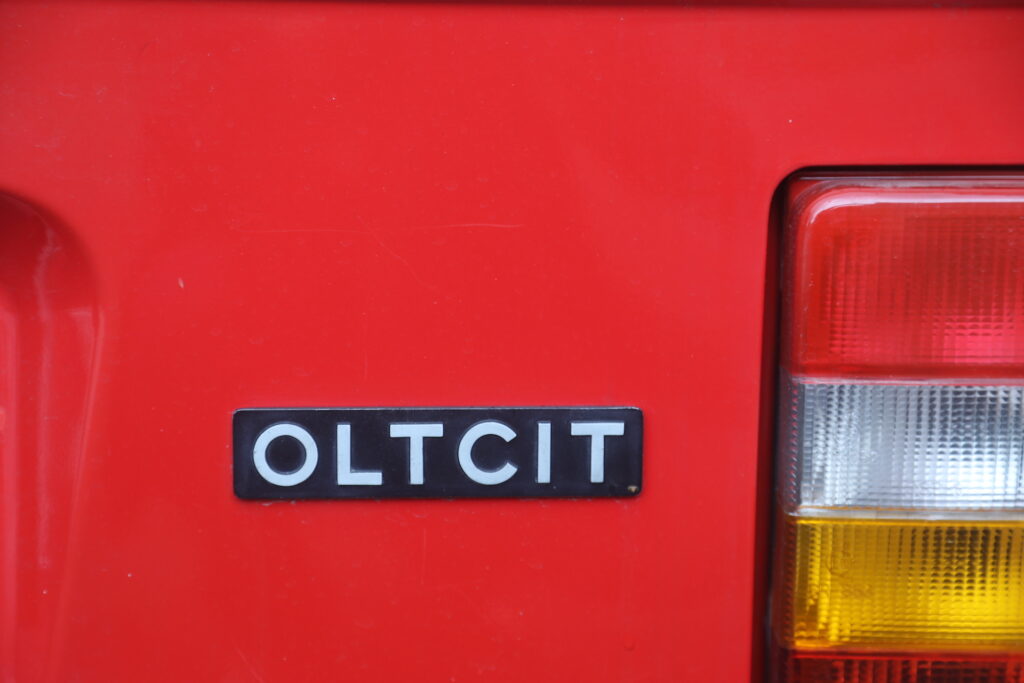
A key part of this French-Romanian joint-venture project was that Citroën designed and erected a brand-new, state-of-the-art plant for building the Oltcit in the city of Craiova, Romania. This included an engine plant for on-site manufacturing of the 1129 cc GS engines. The 652 cc engines and the gearboxes were imported from France.
Driving the Oltcit feels a lot like being in a miniature GSA because of the handling, the engine sound, the seats, and the dashboard. Even without hydropneumatic suspension it’s quite comfortable. The front suspension is a unique Citroën design with long longitudinal torsion bars that are interconnected under the front seats by a leaf spring, acting as an anti-roll bar and overload spring.
The rear suspension is transversal torsion bars – a layout that Citroën had already used for decades on the Traction and the H van.
Oltcit has four disc brakes with the front discs inboard at the gearbox like on the GS, but on the Oltcit the front discs are ventilated. It’s a choice I don’t fully understand because the GS with solid front discs never seem to lack braking power or endurance, and the Oltcit is even lighter than the GS.
The dashboards seen on prototypes from the early 70’s would have looked dated by the time the Oltcit was at long last ready to hit the market in 1981. So as part of the “maturing for production” process during the late 70’s, the dashboard plastic materials, surfaces, vents, heater controls, and buttons were updated and aligned with what Citroën simultaneously had in the pipeline for the Visa and the GSA.
The Oltcit’s satellites are interesting, and I interpret them as being at an evolutionary stage between the CX satellites and the Visa/GSA satellite. Like on the CX, the Oltcit satellites are symmetrical around the steering wheel, and the two upper controls (turn signal switch on the left, and high/low beam switch on the right) are near horizontal just like they are on the CX. But the Oltcit has rotating controls at the ends of both satellites which the CX doesn’t have. I think these Oltcit rotating controls must have been an early development step towards what eventually became the PRN (Pluie, Route, Nuit) satellite used on the Visa and GSA.
The end of the Oltcit.
Only around 215,000 Oltcits were built in Romania from 1981 to 1993. Most were sold in Romania and some (like mine) were exported and sold in other countries in Eastern Europe. Around 60,000 of the cars built were badged as Citroën Axel and sold by Citroën dealerships in France and a few other countries in Western Europe.
From what has been reported, the joint-venture between Citroën and the Romanian government was unfortunately a consistently unhappy marriage for Citroën due to broken promises, missed production goals, and missed quality goals. It was a very disgruntled Citroën that decided to exit the joint-venture around 1989 and hand over their share to the Romanian government.
The ending is sad because Citroën designed a very clever, interesting, and modern car for cost-effective manufacturing. Had Citroën been allowed by Peugeot to launch it 5 years earlier around 1976 and efficiently manufacture it in France, I think it would have enjoyed a totally different success as Citroën’s new model – perfectly placed right between the 2CV/Dyane and the GS.

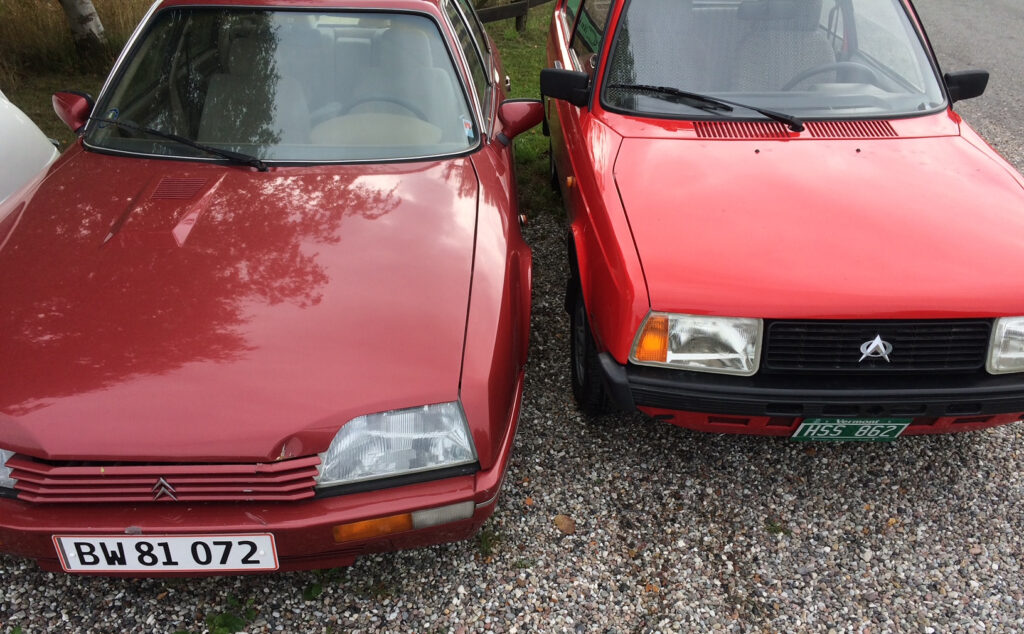
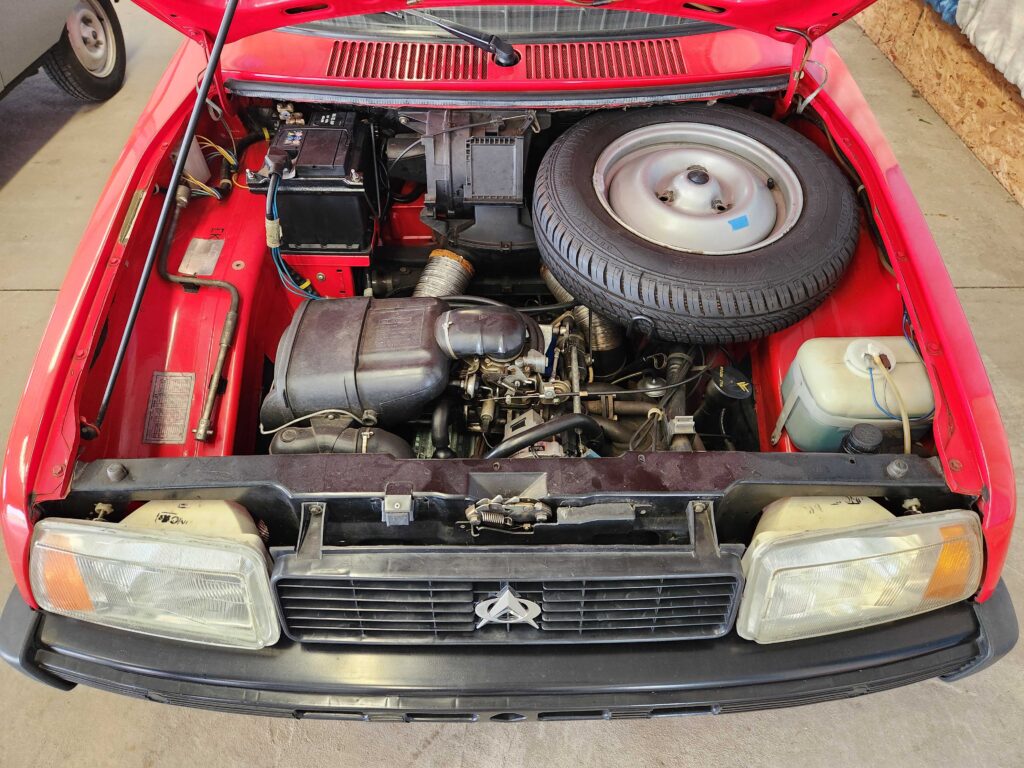


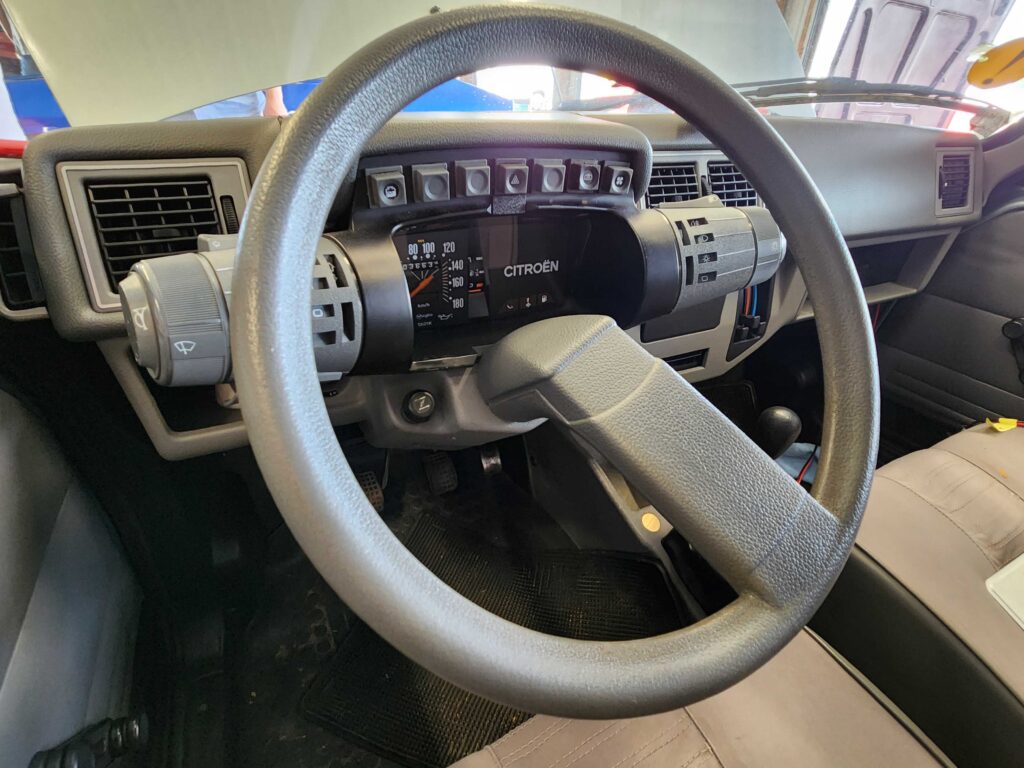
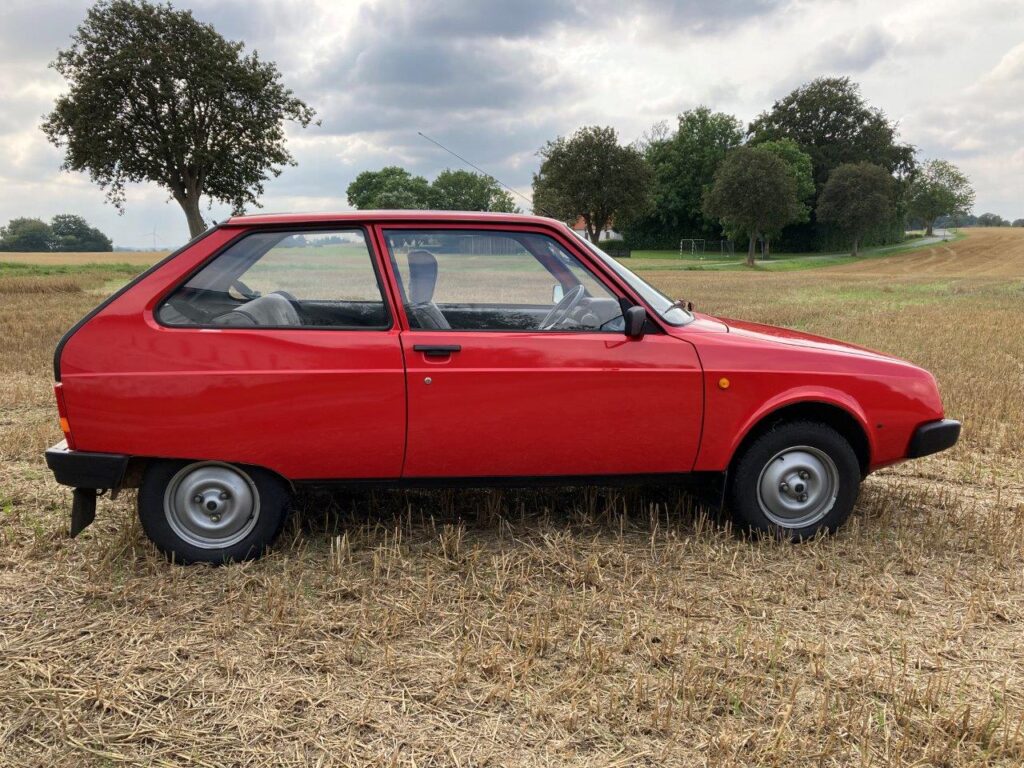

Just a small correction, the Oltcit Special engine came from the Visa not from 2CV, all together with integrated electronic ignition. As myself having 7 examples of this car, it was really enjoying to read about your enthusiasm. The people reaction is priceless everywhere you go around Europe, it gets incerdible love driving around Romania as I experienced recently.
Oh, waht a pleasant memory. I’ve been driving this car for more than 5 years. Great engine . The only minus was it placement and mechanics of electric distribution cap : it is situated behind the engine, low as left wheel height. There is a plastic cover on the wheel that protect this part from entering water and dust. If this plastic cover was lost, then electric distribution cap was exposed to water and dirt and it happened often to get wet and not be able to start the engine. Also, axle of this unit afer time shows signs of wear so it start to have gaps and as a result combustion timing was bad so you had to replace it with new one. The other bad side was its carbouratour that was placed above the engine and it fuel hose. Because of heat generated from the engin, this hose was sensitive to heat and it knows to get harden after a time. It needs replacement also and a fuel filter on it 🙂
I sold this car after 5-6 years of driving, with a new solex carbouratour and a new distribution cap to a local. Unfortunately it get fired (burned in fire) because the new owner did something around carbourator and the hose got broken while driving, fuel split all over the engine and …. 🙁
Anyway, good memories about this car.
If I had a chance , I would rather drive it once again. Good torque moment at higher RPM’s 🙂
I have to remark that not only 1129 cc GS engine were installed, but also 1220 cc. My parents have sold their GS Super 1.3 in the summer of 1990, and we bought this stronger engined Oltcit. After that we took it to Citroen service shop in Austria to be thoroughly checked – they replaced Romanian electric distribution cap with a French one. The car served us well until it was destroyed by a mortar shell, together with garage, at the beginning of Bosnian war in Sarajevo in May 1992. Still feel sorry for it…